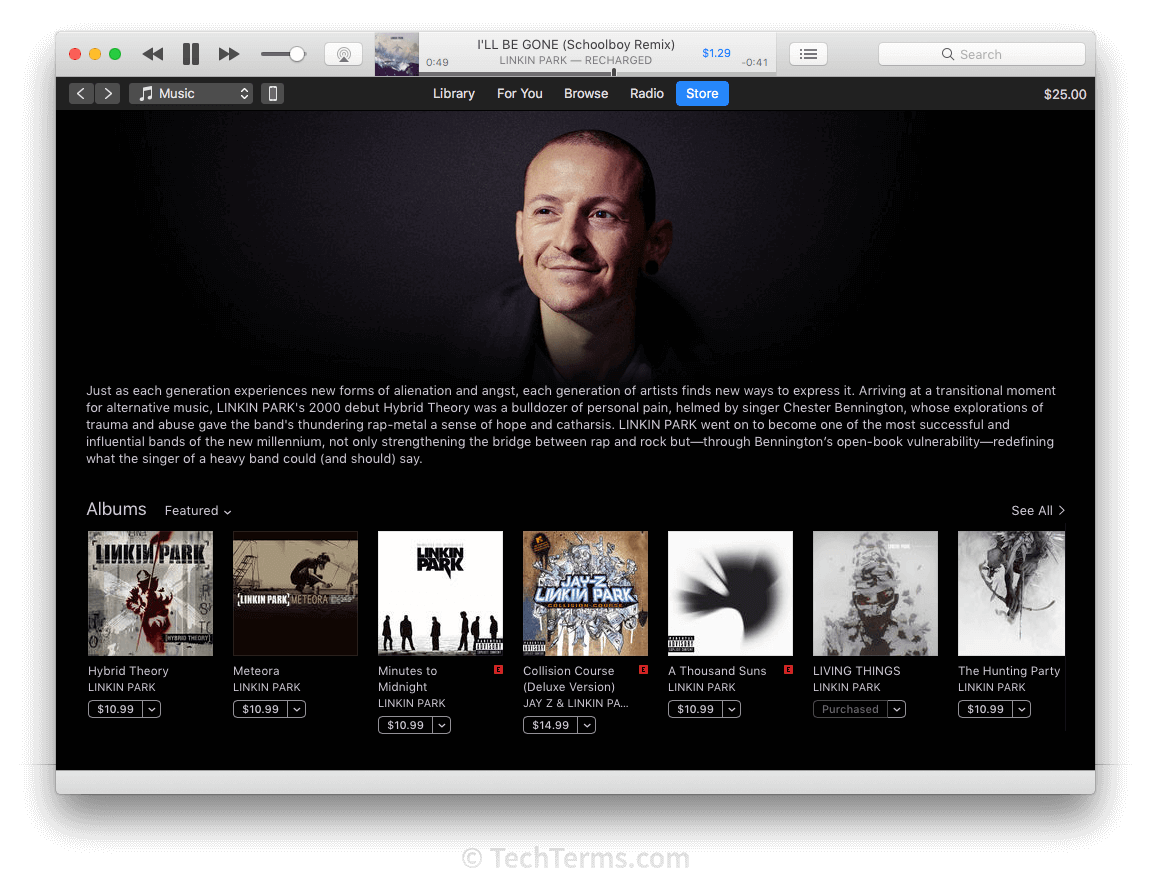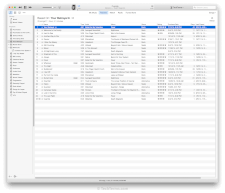iTunes
iTunes was a media playback application developed by Apple Inc. The first version launched in 2001 and was based on SoundJam MP, a third-party music player for macOS that Apple acquired in 2000. Apple refined SoundJam's interface, added features, and rebranded it as iTunes, with much of its development handled by the original SoundJam team.
iTunes allowed users to import music from CDs, add audio files from their hard drives, and organize all their songs in a single iTunes Library. In 2003, Apple launched the iTunes Music Store, which allowed users to purchase and download songs and albums to their music library. iTunes also supported other media, including audiobooks, podcasts, movies, and TV shows.

While iTunes was primarily a music player, it also served as a central hub for mobile devices like iPods and iPhones. The app made it easy to sync music from a Mac or PC (using iTunes for Windows) with an iPods or iPhone. Syncing initially required a Firewire connection, but later supported USB and Wi-Fi.
iTunes also supported playlists, including custom song collections and smart playlists that dynamically updated based on criteria such as genre, artist, or play count. For instance, a smart playlist could automatically collect all songs labeled as "Rock" or those you hadn't listened to recently. Later versions of the app included iTunes Radio, which offered free streaming from Internet radio stations.
In 2019, Apple began phasing out iTunes and replaced it with individual apps, including Apple Music, Apple TV, and Apple Podcasts. Syncing is now handled automatically through iCloud, though you can still perform manual syncs with Apple Music.
 Test Your Knowledge
Test Your Knowledge